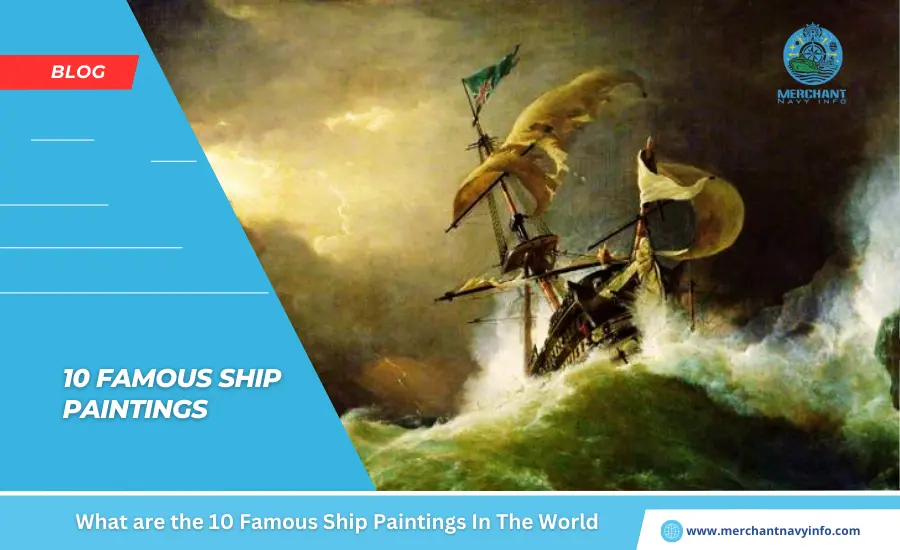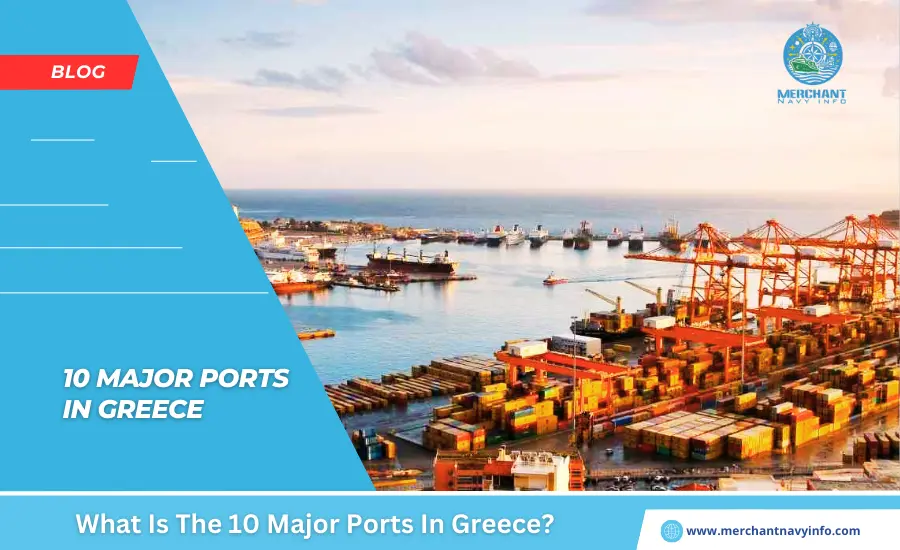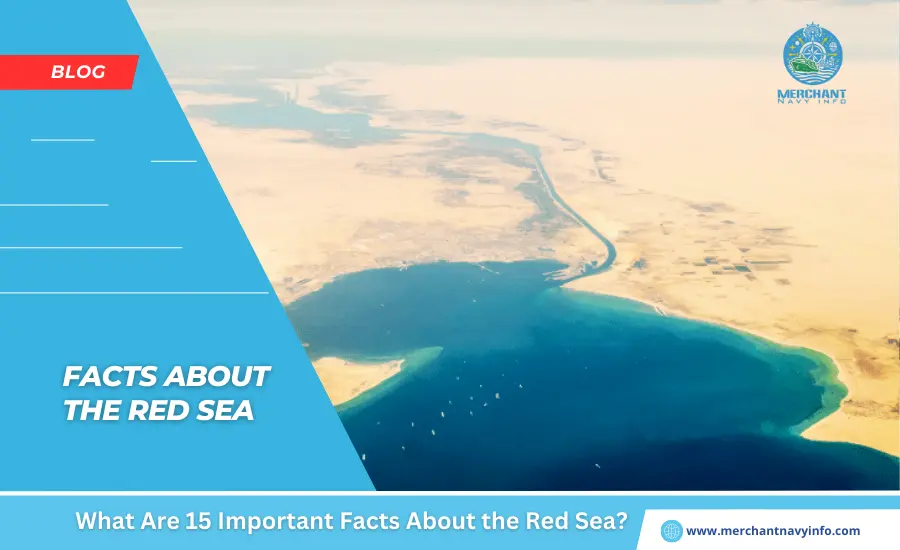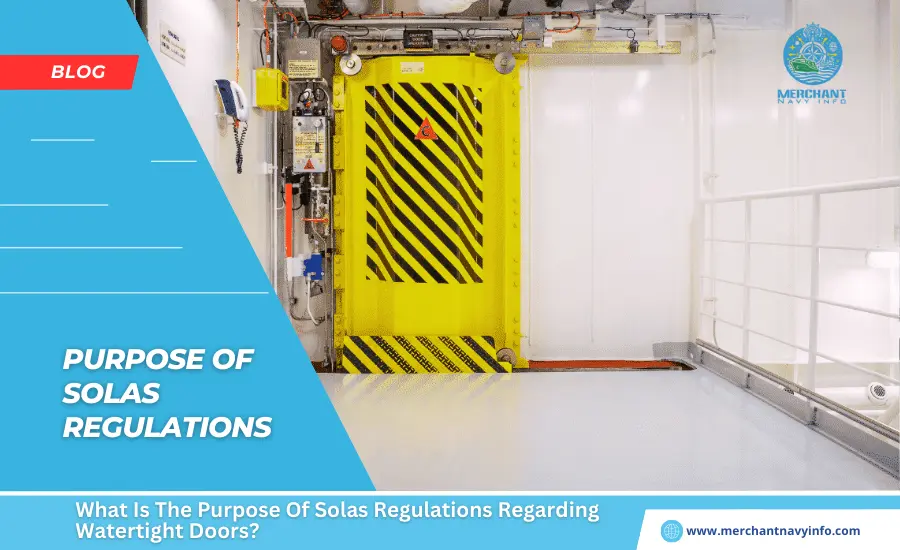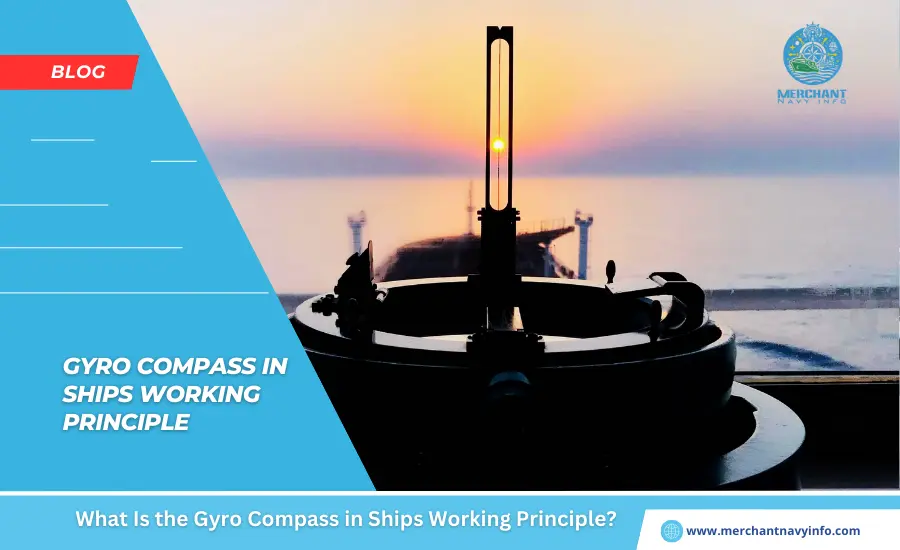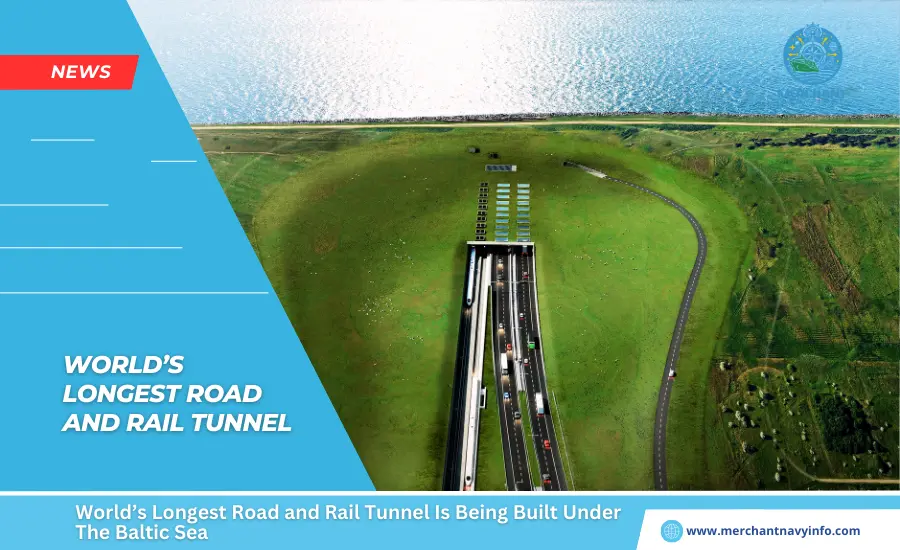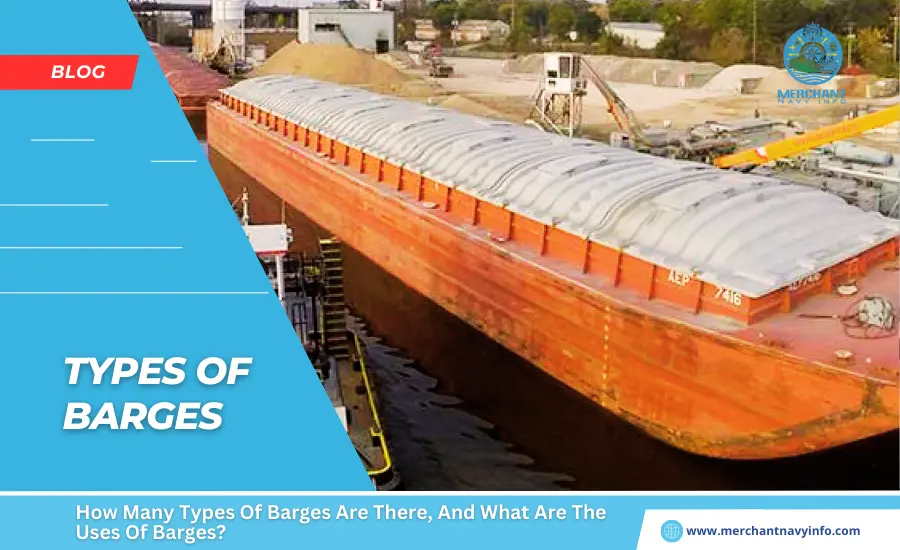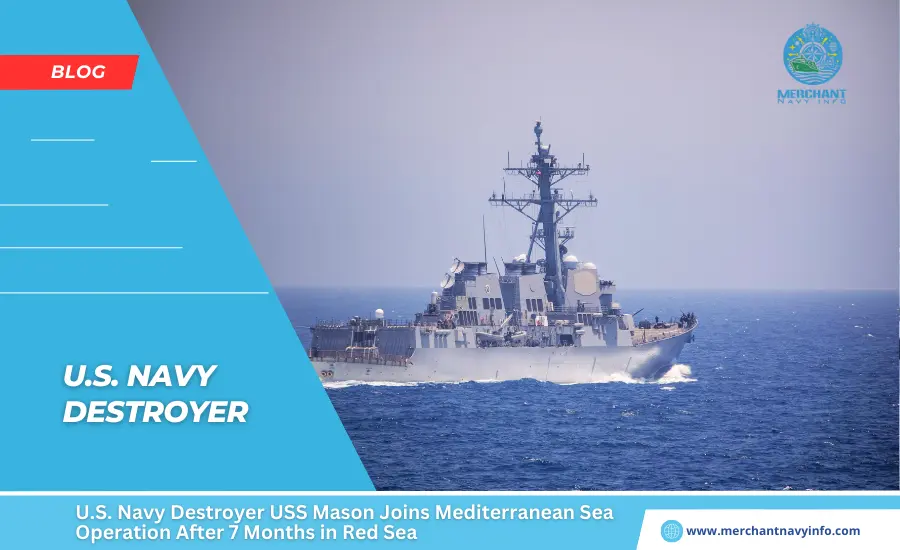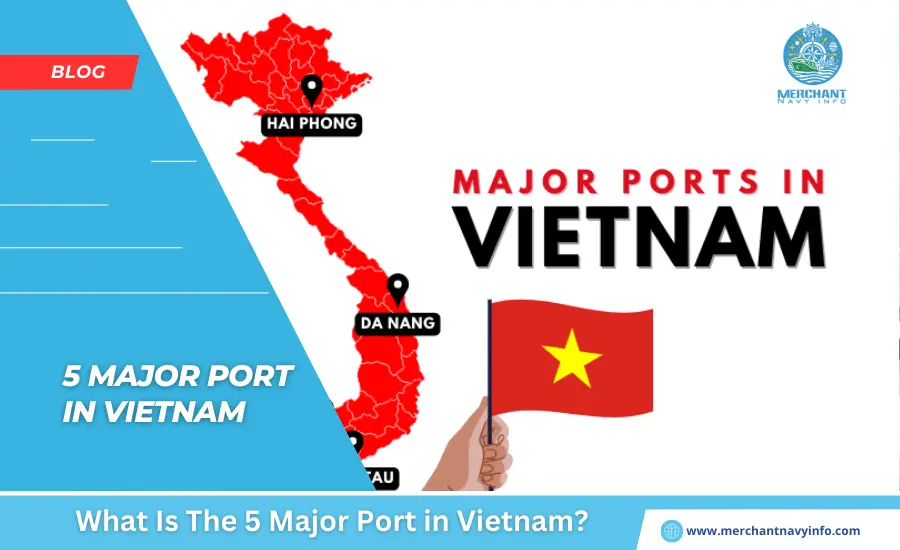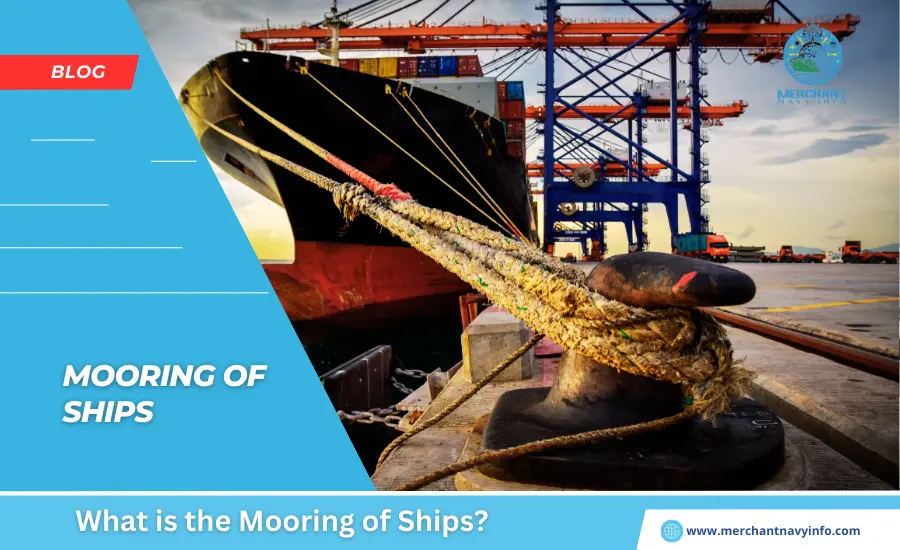
whats the deepest part of the ocean? The oceans surrounding the continent contain several wonders, many of which are still unknown to people. The vast body of water, which covers more than 70% of the Earth’s surface. And stores approximately 1.35 billion cubic kilometers of water. Is made up of plateaus, valleys, plains, mountains, and ditches. And interestingly, underwater geological formations are huge compared to those on land.
Mountains in the ocean basin are higher than those seen on land. Similarly, ocean trenches are much, whats the deepest part of the ocean because the plains are flatter. Of all the qualities the ocean has to offer, what makes it so fascinating is its depth. Actually, the ocean is deep, and the average depth of the oceans and oceans surrounding continents is about 3.5 km. The part of the ocean that is deeper than just 200 meters is called Whats deepest part of the ocean. However, some parts of the ocean reach several kilometers in length. But what exactly is the deepest part of the ocean?
Scientifically, the deepest part of the ocean is the greatest depth that can be reached or defined. The deep parts of the ocean are called abyssal trenches. They are known as hadal zones, and the deepest trenches are formed by the movement of tectonic plates. There are currently 46 hadal habitats in the ocean. But people know little about these areas because it is difficult to study these parts of the ocean. Below is a list of 10 points that mark the deepest points in the ocean.
Mariana Trench
The Marina Trench is the deepest part of the Earth’s surface in the western Pacific Ocean. It is home to the deepest point on Earth, called Challenger Deep. Many people have reached Everest, but only two have descended Challenger Deep. Jacques Piccard and Don Walsh in the Trieste Bathyscaphe in 1960 at a depth he reached 10,916 meters. The first unmanned vehicle to reach depth was piloted by researchers. From Woods Hole Oceanographic Institution and reached a maximum depth of 10,902 meters.
Ocean trenches appear as crescent-shaped scars in the Earth’s crust. Approximately 2,550 km long, with an average width of 69 km and a maximum depth of 10.91 km at Challenger Deep. At the same time, several other experiments measured the deepest part to be 11.034 km. Its depth extends several hundred kilometers southwest toward the U.S. island of Guam. The deep hole in the Mariana Trench was formed by the collision of converging plates in the oceanic lithosphere.
During the collision, the plates sank into the Earth’s mantle, and the downward bend formed a valley at the line of contact between the plates. At the bottom of a marina trench, the density of water increases by 4.96% due to the high pressure on the sea floor. However, expeditions carried out at different times observed the presence of large creatures such as flounder, large shrimp-like amphipods, crustaceans, and even unknown species of snailfish. Scientists believe there are many new species in the Mariana Trench waiting to be discovered.
Tonga Trench
The Tonga Trench is located in the southwestern Pacific Ocean, at the northern end of a Kermadec-Tonga subduction zone, approximately 10,882 km below sea level. The deepest point of the Tonga Trench, known as the Horizon Trench, is the second deepest point on Earth after Challenger Deep and is thought to be the deepest ocean trench in the Southern Hemisphere. The Tonga Trench stretches 2,500km northeast from the North Island of New Zealand to the island of Tonga and was formed by the subduction of the Pacific plate by a Tonga plate. Researchers also discovered that the movement of these plates causes large volcanoes in the Japan and Mariana trenches. Marine scientists say there is a community of roundworms in the sediments of Horizon Deep.
Philippine Trench
The third deepest point in the world, the Galatea Deep in the Philippine Trench, lies 10.54 km below sea level. Also known as the Mindanao Trench, this trench is located in the Philippine Sea and stretches 1,320 km long and 30 km wide in the eastern Philippines. This trench stands out among other trenches in the Philippine Sea and was formed by the collision of the Eurasian plate with the smaller Philippine plate. Other important trenches in the Philippine Sea include the Manila Trench, East Luzon Trench, Negros Trench, Sulu Trench, and Cotabato Trench. It is said that until 1970, scientists believed the Philippine Trench to be the deepest point on Earth. Scientists claim that the Philippine Trench is younger than it was 8-9 million years ago.
Kuril-Kamchatka Trench
This trench is also the deepest part of the ocean and belongs to the Pacific Ocean. It lies at a considerable depth of 10.5 km below sea level. This trench, located off the coast of Kamchatka near the Kuril Islands, is responsible for much of the region’s underwater volcanic activity. This trench was formed by a subduction zone that developed during the Late Cretaceous period, forming the Kuril and Kamchatka volcanic arcs.
Kermadec Trench
Another ocean trench lies at the bottom of the South Pacific Ocean. The Kermadec Trench extends approximately 1,000 km between the Louisville Seamount Chain and a Hikurangi Plateau.The Kermadec Trench is formed by the subduction of a Pacific Plate beneath the Indo-Australian Plate and has a maximum depth of 10.04 km.The Kermadec Trench, together with the Tonga Trench to the north, form the 2,000 km long, nearly linear Kermadec-Tonga Trench.This ditch is also home to a variety of organisms, including a giant amphipod that is about 34 cm long at the bottom. A few years ago, the Kermadec Trench was in the news when the unmanned research submarine Nereus imploded due to high pressure at a depth of 9,990 meters while exploring the Kermadec Trench.
Izu-Ogasawara Trench
The Izu-Ogasawara Trench is located in the western Pacific Ocean and has a maximum depth of 9.78 km. Also known as the Izu Dwarf Trench, this deep ocean trench extends from Japan to the northern part of the Mariana Trench and is also an extension of the Japan Trench. In addition to the Izu-Ogasawara Trench, there are the Izu Trench and the Ogasawara Trench in the Western Pacific Ocean.
Japan Trench
Another deep ocean trench east of the Japanese archipelago, the Japan Trench (as shown in the image above), is part of the Pacific Ring of Fire in the North Pacific Ocean. The Japan Trench, with a maximum depth of 9 km, extends from the Kuril Islands to the Ogasawara Islands. It also extends the Kuril-Kamchatka Trench and the Izu-Ogasawara Trench to the north and south, respectively. The ocean trench was formed when the oceanic Pacific Plate was subducted beneath the continental Okhotsk Plate. Tsunamis and earthquakes have caused the ocean trenches and the Japan Trench to move.
Puerto Rico Trench
The Puerto Rico Trench, located between the Caribbean Sea and the Atlantic Ocean, is the deepest point in the region and marks the eighth deepest point on Earth’s surface. It lies at a depth of 8.64 km, has been sighted at the Milwaukee Deep, and is over 800 km long. This trench is responsible for many tragic tsunamis and earthquakes in the region. Efforts to create a complete map of this ditch have been ongoing for some time. France’s Bathyscaphe Archimede first attempted to explore the ocean floor in 1964, and in 2012, a robotic vehicle was sent into the ocean trench to study its properties.
South Sandwich Trench
The deepest ocean trench in the Atlantic Ocean after the Puerto Rico Trench, the South Sandwich Trench, is approximately 8. 42 km deep and is known as the Meteor Depth. It extends for over 956 km, making it the most impressive ocean trench. I am. Divide the world’s power into two. This trench, located 100 km east of the South Sandwich Islands in the southern Atlantic Ocean, was formed by the subduction of the southernmost tip of the South American Plate. Beneath the smaller South Sandwich Plate. This South Sandwich Trench is also associated with an active volcanic arc.
Peru-Chile Trench
The Peru-Chile Trench (Atacama Trench) is located approximately 160 km off the coasts of Peru and Chile in the eastern Pacific Ocean. The maximum depth of the Atacama Trench is 8.06 km below sea level. The deepest point of a trench is known as Richard’s Deep. This trench is approximately 5,900 km long, averages 64 km wide, and has an area of approximately 590,000 square kilometers. The Atacama Trench was formed by the convergent boundary between the subducting Nazca plate and the South American plate.

